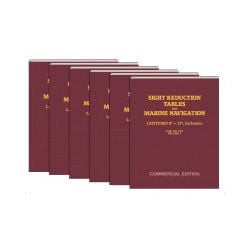Understanding the Role and Importance of NOAA

Introduction
The National Oceanic and Atmospheric Administration (NOAA) plays a critical role in understanding our environment, weather, and climate. Established in 1970, NOAA’s mission encompasses a wide range of activities that include weather forecasting, climate monitoring, ocean exploration, and management of natural resources. As climate change continues to pose significant threats to ecosystems and human livelihoods, the work carried out by NOAA is becoming increasingly essential.
Key Functions of NOAA
NOAA is perhaps best known for its weather services through the National Weather Service (NWS), which provides vital forecasts and warnings. Recently, NOAA has been at the forefront of tracking severe weather events, like hurricanes and wildfires, which have increasingly threatened communities across the United States and Canada. For example, NOAA’s forecasting models helped to predict the path and intensity of Hurricane Fiona in September 2022, ultimately saving lives by issuing timely warnings.
In addition to weather, NOAA also focuses heavily on climate research. The agency releases annual reports assessing global climate patterns and trends. Its work conducted under the Climate Program Office has provided insight into the impacts of rising global temperatures, sea-level rise, and shifting weather patterns. The data from NOAA’s Climate Prediction Center informs not just governmental policy but also private sector operations and academic research, underscoring the agency’s role as a fundamental source of scientific knowledge.
NOAA’s Recent Initiatives
In response to increasing climate-related events, NOAA launched initiatives aimed at bolstering community resilience and response. Programs such as the U.S. Climate Resilience Toolkit help community planners and stakeholders implement strategies to prepare for and mitigate weather-related disasters. Moreover, the agency collaborates with various organizations through the National Integrated Drought Information System (NIDIS) to monitor and respond to drought conditions, which have become more frequent and intense due to climate change.
Conclusion
As we face unprecedented environmental changes, NOAA’s role as a leader in research and preparedness has never been more critical. The agency’s continuous efforts in forecasting, climate analysis, and community engagement serve as a reminder of how essential reliable scientific data is in navigating the complexities of the natural world. Moving forward, it’s imperative that NOAA receives the support it needs to carry out its mission effectively, ensuring safety and preparedness for future generations against the backdrop of an ever-changing climate.






